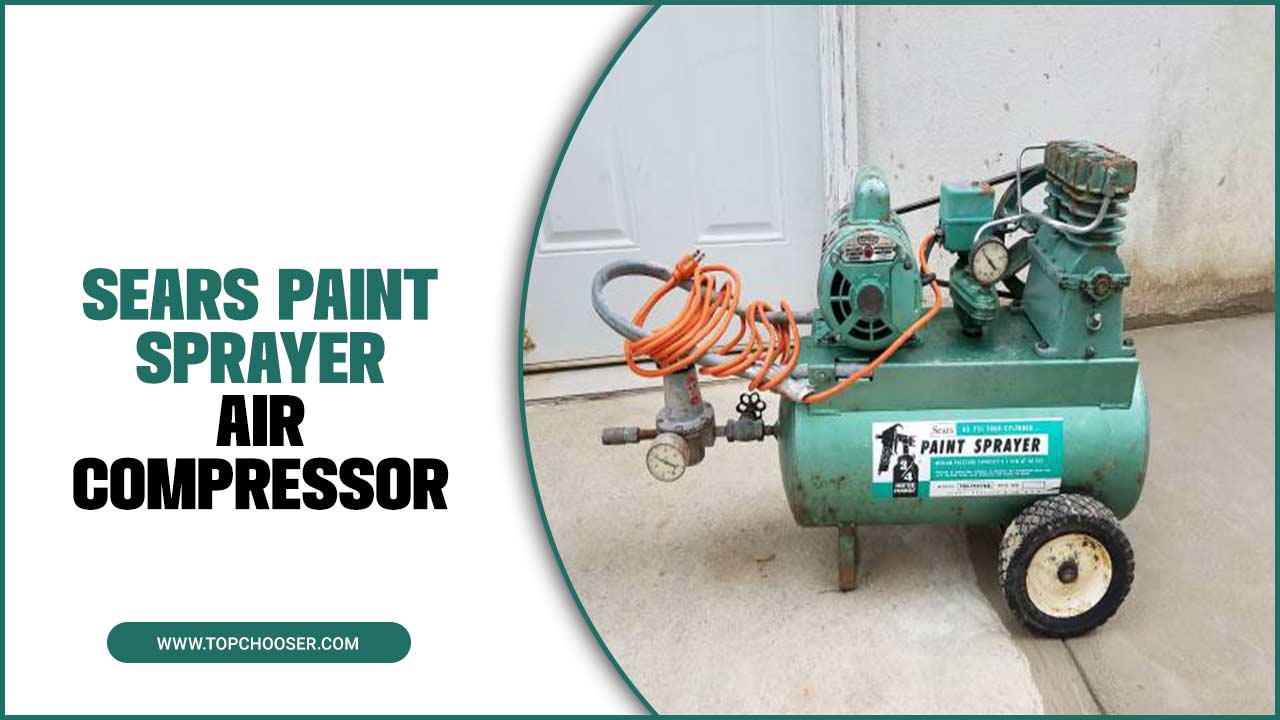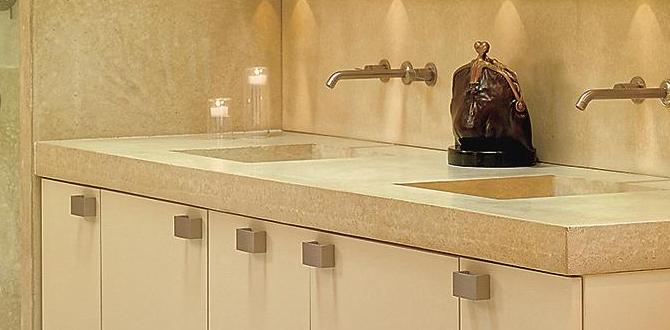Have you ever heard your toilet running when it should be quiet? It can be annoying and confusing. You wonder, “Why won’t my toilet stop running?” This is a common problem many people face. Imagine trying to relax when the toilet gurgles in the background. It’s hard to ignore.
Most toilets use a simple system to fill and empty. But when something goes wrong, it won’t stop running. Have you ever thought about how much water this wastes? It’s surprising! A constantly running toilet can waste gallons of water every day. That’s like leaving the tap on all night!
In this article, we’ll explore the reasons behind this problem. You’ll learn what to look for and how to fix it. Let’s dive into the world of toilets and discover why they misbehave!
Why Won’T My Toilet Stop Running? Common Causes Explained

Why Won’t My Toilet Stop Running?
A running toilet can be frustrating. It often wastes water and raises your bill. Common causes include a worn flapper, a stuck float, or a broken fill valve. Check if the flapper seals properly. If it’s old, replace it. Adjust the float to see if it stops the water flow. Sometimes, a simple fix can save you money and trouble. Did you know that a running toilet can leak up to 200 gallons a day?
Common Causes of a Running Toilet
Flapper valve issues. Float problems.
Several issues can cause a toilet to run continuously. One common problem is the flapper valve. If it’s worn or stuck, it won’t seal properly, allowing water to flow constantly. Another issue is the float. If the float is set too high, water escapes down the overflow tube. This can keep your toilet running and waste water. Fixing these parts can stop the noise and save water too!
What causes the flapper valve to fail?
A worn rubber seal or dirt can cause the flapper valve to fail. Keeping it clean and replacing it when needed can help.
What can go wrong with the float?
- The float may be stuck.
- It might be set too high.
- It could be damaged or leaking.
How to Diagnose the Problem
Steps to inspect the toilet. Tools needed for diagnosis.
Start by checking a few key parts of your toilet. Look at the flapper valve first. It controls water flow and may be not sealing well. Next, inspect the fill valve. If it’s sticking, that might be the culprit. You’ll need some basic tools like a screwdriver and a cup for water. Having a towel handy is smart too—nobody likes wet socks! Here’s a quick list:
| Tool | Purpose |
|---|---|
| Screwdriver | To tighten or replace parts |
| Cup | To catch dripping water |
| Towel | For any unexpected spills |
With these steps, you’ll be able to figure out why your toilet won’t stop running. Remember, a silent toilet is a happy toilet!
Fixing Flapper Valve Issues
How to replace a faulty flapper. Signs of a wornout flapper.
Sometimes, a leaky toilet means you need to replace the flapper valve. Look for these signs: water constantly running, or the tank not filling properly. First, turn off the water. Then, remove the old flapper. Install the new one by attaching it to the chain and adjusting it. This will help stop the leak!
What are the signs of a worn-out flapper?
Common signs include constant running water, a hissing sound, and slow tank filling.
How to replace a faulty flapper:
- Turn off the water supply.
- Drain the tank by flushing.
- Remove the old flapper.
- Install the new flapper.
- Reconnect the chain.
- Turn the water back on and check for leaks.
Adjusting the Float Mechanism
Types of float mechanisms. Stepbystep adjustment guide.
Every toilet has a float mechanism, kind of like a buoy in water. There are two main types: the ball float and the cup float. The ball float looks like a beach ball in your tank, while the cup float is more like a little hat. If your toilet won’t stop running, you may need to adjust these floats!
Here’s a simple guide to help you:
| Float Type | Adjustment Steps |
|---|---|
| Ball Float | 1. Locate the arm connected to the ball. |
| 2. Bend the arm slightly to lower the float. | |
| 3. Check if the water stops running! | |
| Cup Float | 1. Find the adjustment clip on the side. |
| 2. Slide the clip up to raise the float. | |
| 3. Listen for silence in the bathroom! |
Remember, a happy toilet means a happy home! If you hear it running like a marathoner, it’s time to adjust that float.
Checking the Fill Valve
Symptoms of a malfunctioning fill valve. How to clean or replace the fill valve.
Is your toilet making a lot of noise? This could be a sign that the fill valve is not working correctly. Symptoms include water continuously running or an overflowing tank. If you notice these, it may be time to clean or replace the valve.
- Turn off the water supply.
- Remove the valve from the tank.
- Clean any dirt or debris.
- If it’s still broken, replace it with a new one.
Following these steps can help fix the problem. A working fill valve brings peace and quiet back to your bathroom.
What can cause a fill valve to malfunction?
Clogs or debris build-up can disrupt the valve. Hard water deposits may also harm its function.
Understanding the Importance of a Proper Seal
Impact of a worn wax ring. How to check and replace the wax seal.
A worn wax ring can lead to major problems for your toilet. It creates a seal between the toilet and the floor. If this seal is damaged, you may see leaks or a running toilet. This not only wastes water but can also cause floor damage over time. Checking for a worn wax ring is simple. You can look for water on the floor or a wobbly toilet. To replace it, turn off the water, remove the toilet, and install a new wax ring.
How do I know if my wax seal is bad?
If your toilet leaks or rocks, the wax seal might be bad. You can check by:
- Looking for water on the floor.
- Noticing a foul odor.
- Seeing gaps between the toilet and the floor.
Replacing the wax ring can solve these issues. A new seal restores the fit, stopping leaks. Remember, keeping a proper seal is key to a healthy toilet!
Preventative Maintenance Tips
Regular inspection guidelines. Maintenance products and tools.
Keeping your toilet in good shape prevents headaches and running issues. Start with a monthly inspection of the flapper and chain. These tiny parts often cause problems. Need tools? Grab a wrench, pliers, and a few basic cleaning supplies. Once you have these, you can tackle most issues yourself. Regular maintenance can save you from that awful sound of running water, saving both water and your wallet! Plus, your toilet will thank you—maybe with a cheerful flush!
| Task | Frequency |
|---|---|
| Inspect flapper | Every month |
| Check water level | Every month |
| Clean tank and bowl | Every three months |
When to Call a Professional
Signs it’s time for expert help. Cost considerations for professional repairs.
Sometimes, toilets can be tricky! If your toilet keeps running even after a good jiggle, it might be time to call a professional. Watch for these signs: weird noises, constant water flow, or leaks. These are not good! Ignoring them can raise your water bill faster than a rocket!
Cost can vary, but consider this: a small fix might cost less than a pizza, while major repairs could hit your wallet hard. So, if you feel like your toilet is staging a coup, don’t hesitate to reach out for help!
| Signs You Need Help | Potential Costs |
|---|---|
| Strange noises | $50-$100 |
| Water leaks | $100-$200 |
| Constant running | $200+ |
Conclusion
If your toilet won’t stop running, it could be due to a faulty flapper, a broken fill valve, or an incorrect float level. Check these parts first. You can often fix them easily yourself. If you need help, ask a grown-up or read more online. Keeping your toilet in good shape saves water and money!
FAQs
What Are The Common Causes Of A Toilet That Won’T Stop Running?
A toilet that won’t stop running usually has a few common causes. First, the flapper might be stuck or broken. This is the part that opens when you flush. Second, the float might be set too high, causing too much water in the tank. Lastly, the fill valve might be damaged, letting water leak. You can usually fix these problems with a little help.
How Can I Identify If The Flapper Valve Is The Reason My Toilet Keeps Running?
To check if the flapper valve is causing your toilet to run, lift the toilet tank lid. Look inside and make sure the flapper is closed tightly after flushing. If it floats or doesn’t seal well, that might be the problem. You can also wait a few minutes to see if water keeps flowing into the bowl. If it does, the flapper valve probably needs to be fixed or replaced.
What Steps Can I Take To Fix A Running Toilet Myself Before Calling A Plumber?
First, check if the flapper is closing properly. You can lift the tank lid to see if it’s stuck. If it is, try gently moving it or replacing it if it’s damaged. Next, make sure the float is not too high. Adjust it down so the water stops at the right level. Finally, if you still have problems, tighten any loose parts you can see. If these steps don’t work, it might be time to call a plumber.
Could A Malfunctioning Fill Valve Contribute To The Problem Of A Running Toilet?
Yes, a broken fill valve can cause a toilet to run. The fill valve helps fill the tank with water. If it doesn’t work right, water keeps flowing. This makes a running sound and wastes water. You can check or replace the fill valve to fix the problem.
How Can I Tell If My Toilet’S Float Is Set Correctly Or Needs Adjustment?
To check if your toilet’s float is set right, look at the water level in the tank. It should be about an inch below the top of the overflow tube. If the water is too high, it might spill over or make a noise. If it’s too low, your toilet might not fill properly. You can adjust the float if needed by turning it or moving it up or down.








